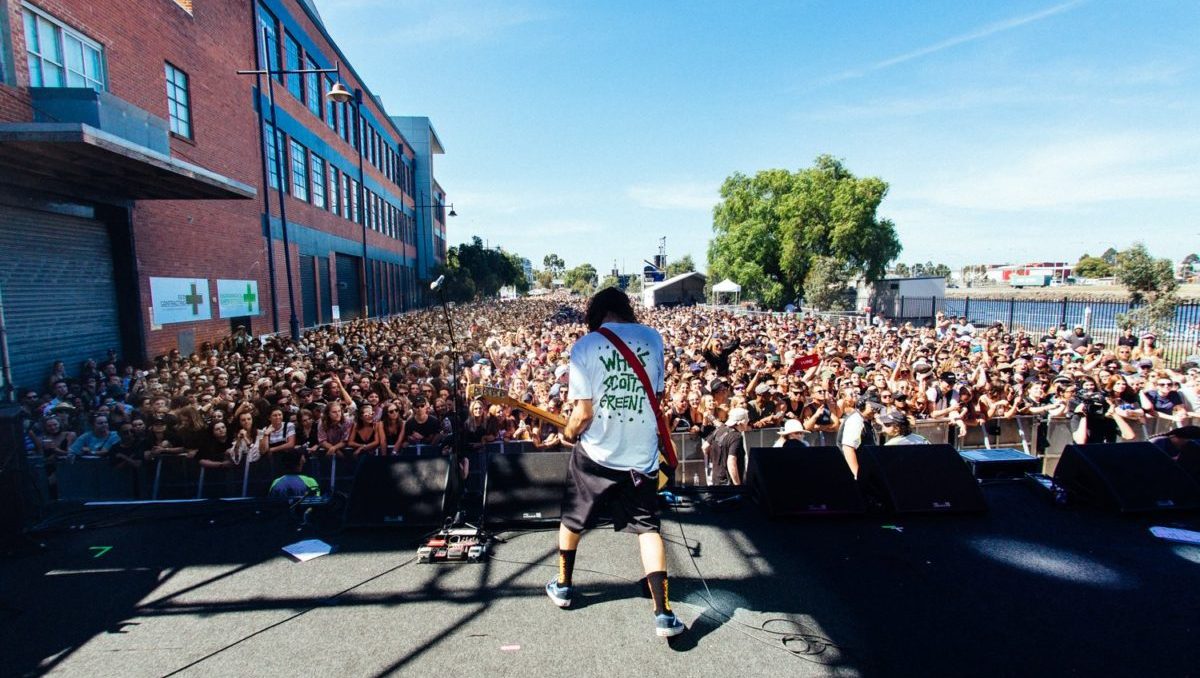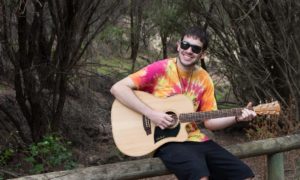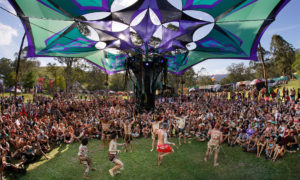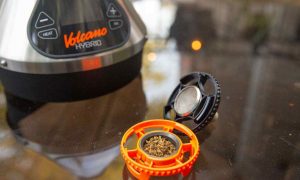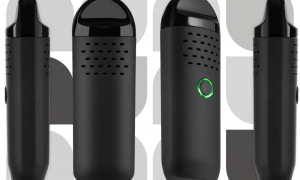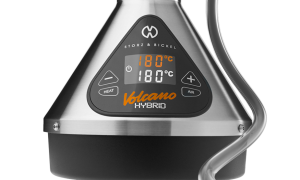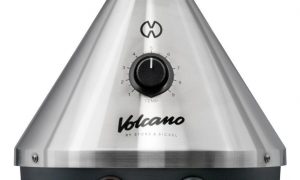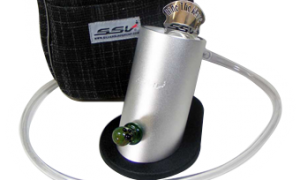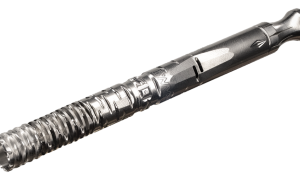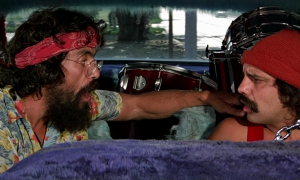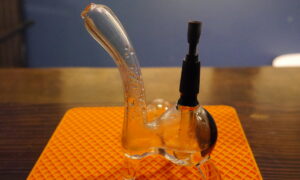Aussie punk music is about to be “in” again! At least that’s what the experts reckon. But with bands like Dune Rats, Violent Soho and Skegss killing it of late, you probably already knew that.
Nathan Jolly writes for Australia’s leading guide to the music industry the Industry Observer:
There’s a new trend in town: a bunch of kids in a garage bashing out punk tunes inspired by slacking, skating, surfing, smoking, and the belief that anything remotely approaching authority is bullshit, maaaan.
It’s a familiar story, with a complicated timeline. Punk as a movement and a musical trend alike began in the mid ‘70s — either in New York City, Berlin, or London depending on who’s telling the history — and reached its first artistic and commercial peak in 1977 – the same year that disco also spiked: twin rebellions operating at polar ends of the musical spectrum.
The second big wave washed up in California during the early ‘90s, and marked the first time this style of music was responsible for routinely producing million-selling albums. Previous big records were all unqualified success stories, but pale in comparison with the 11-million-selling ‘Smash’ by The Offspring, and the 20-million-selling Dookie by Green Day.
As with the first wave of punk, the rise of these SoCal (South Californian) pop punk bands coincided with the rise of UK dance music – both genres were a breath of fresh air after the heavy weight of grunge. Grunge was a reaction to the fakeness of hair metal, just as the back-to-basics garage rock of The White Stripes and The Strokes was a reaction against the studied anger of Korn and Limp Bizkit. Music is a reaction, most of the time. Fashion repeats. Skateboarding is not a crime.
Music trends often repeat in 20 year cycles, with records from the late ‘80s echoing psychedelic explorations from the late ‘60s, and the cold synth and thwacking electronic drums of the early ’80s featuring on a number of singles released throughout the early ‘00s. The simplicity and rebellion of late ’70s punk mirrors the flush of rock and roll from the late ’50s. It’s music from long enough ago to be greeted as an exciting retro discovery by younger generations – and recent enough to not alienate those who grew up with these sounds and now control the record labels and radio playlists.
A push towards early ‘90s pop punk music was evident a few years back with the success of Californian bands like Best Coast and Wavves; bands who split the difference between guitar punk and Spector-style girl groups from the ‘60s – a formula also mined successful in the ‘80s by The Jesus and Mary Chain, but in a completely different way. Wavves’ 2010 hit ‘Post Acid’ sounds ripped straight from a ‘90s skate video, and the early-adopters at Pitchfork lapped it up.
Dune Rats hitting #1 on the ARIA Albums chart this February was the biggest (local) sign to date that this all has the making of a successful movement. These bands can record cheaply, tour widely and successfully, and translate all this into chart success. Skegss are a younger band traversing this terrain, and Dune Rats have taken them under their wings: signing them to their vanity label, taking them as the major support act for their national tour, and appearing in their videos.
When similar sounding acts band together, others follow. Others pay attention. Triple j has been amping up its support of Skegss recently, and there would now appear to be a tide of similar acts attempting to mirror this story. It’s a good thing.
When it comes to recording and releasing music, the barrier to entry is lower than it has ever been, thanks to technology. Punk rock is doubly simple, as it remains reliant on rudimentary musicianship — with virtuosity often regarded as a detriment — and actually benefits from being bashed out on cheap instruments and recorded in a no-frills approach; each blemish adding an air of authenticity.
“We could do this”, think a thousand kids at gigs around the country, watching simple chord progressions and untrained vocalists – and they are correct. They could do it – and perhaps they also should.
This story is a condensed version of a story that originally appeared on the Industry Observer. Read the original.

